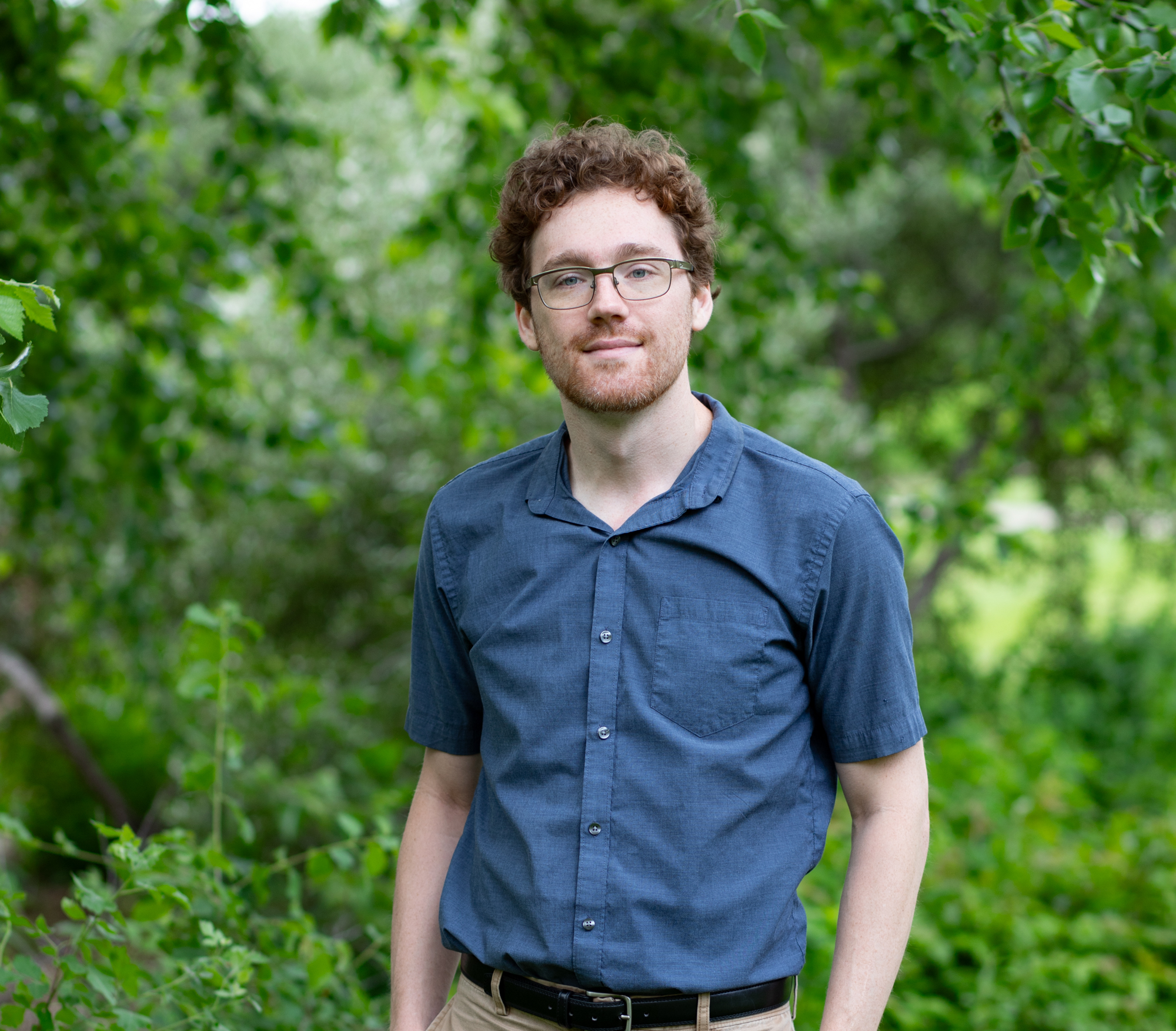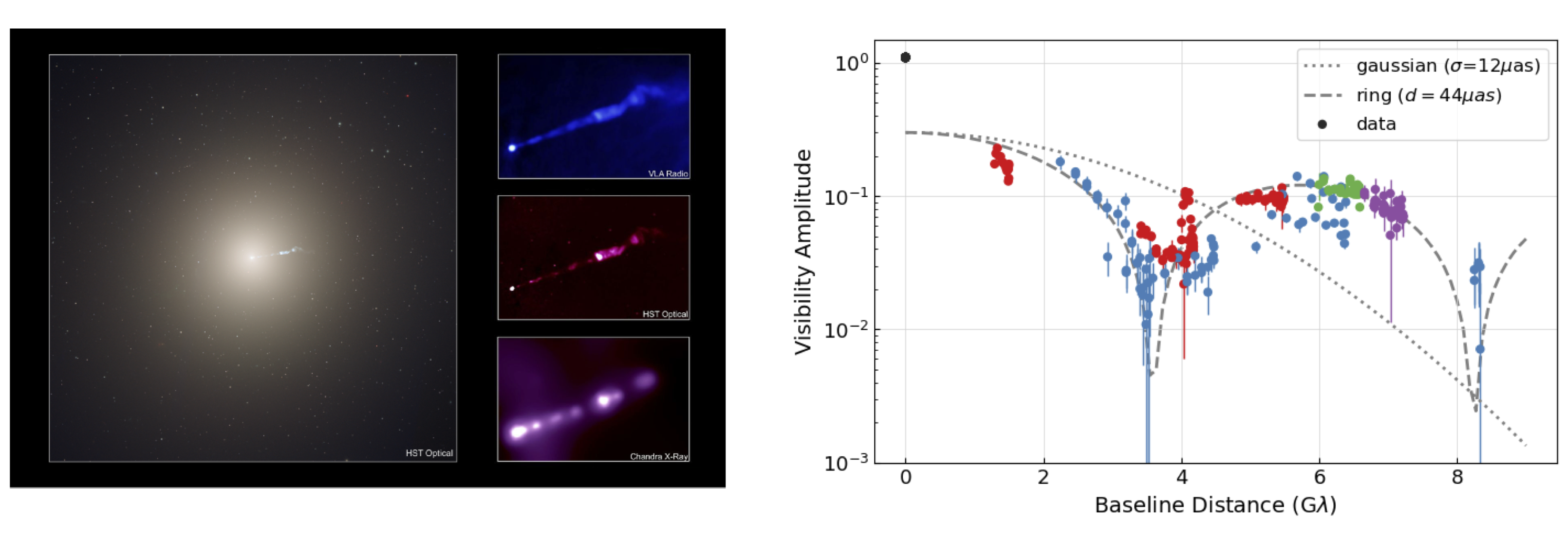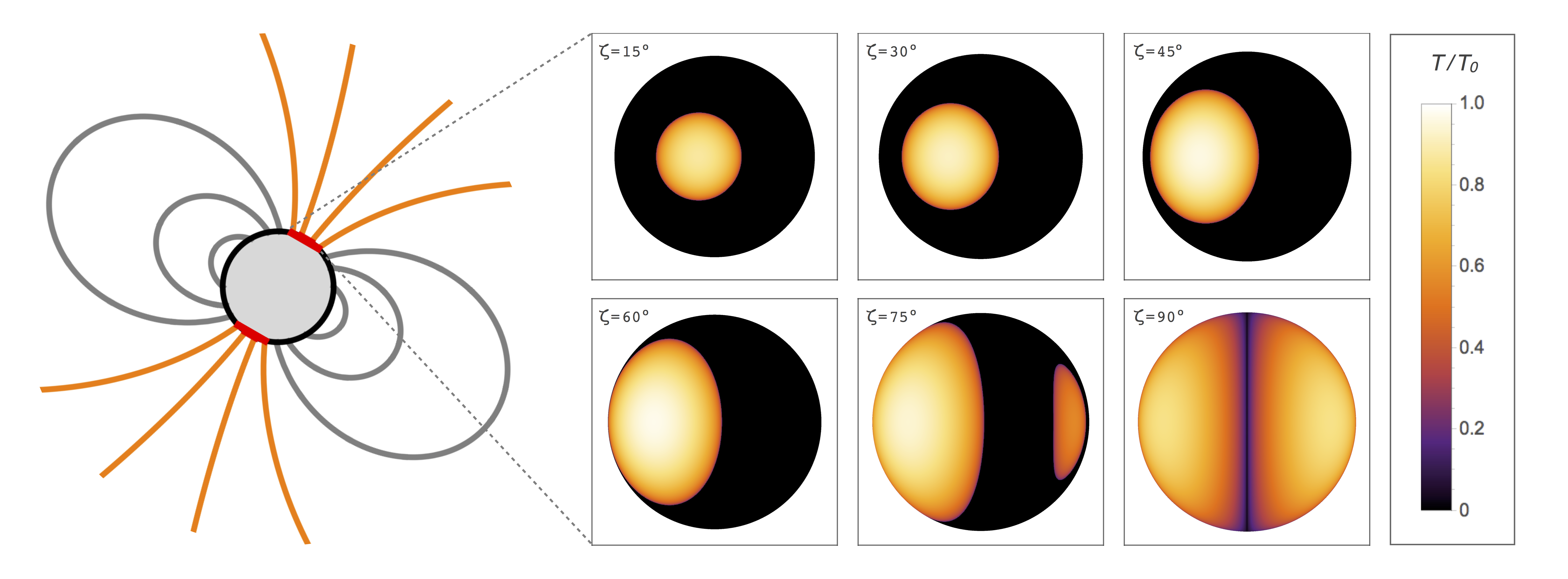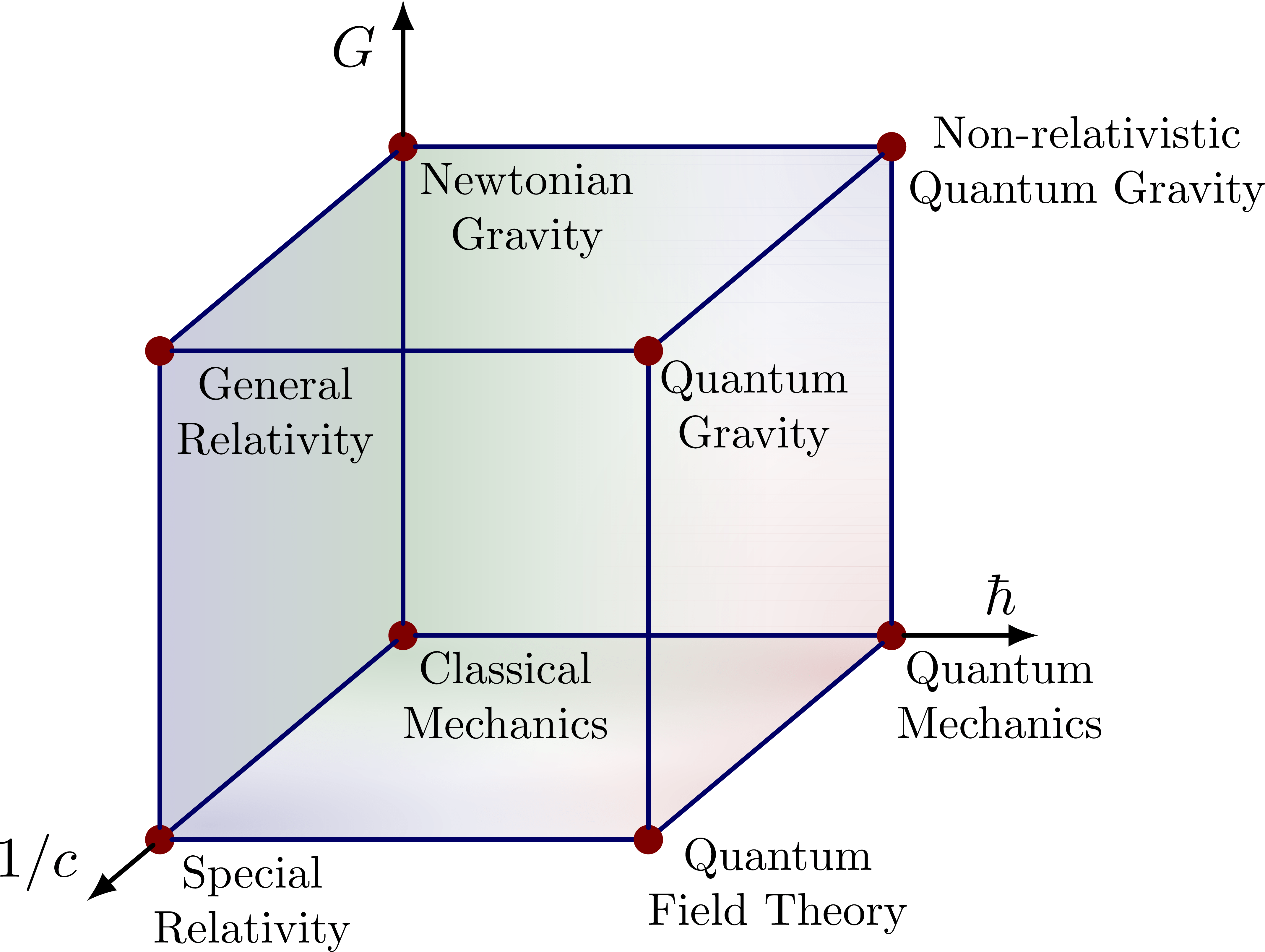Will Lockhart

Postdoctoral Fellow at the Institute on the Environment, U. Minnesota. Research scientist in sustainability, astrophysicist, and director of the first feature documentary on the game of Go.
You can reach me at wlock@umn.edu.
Home | Film | Game of Go | Books | Misc
Physics

“Nature uses only the longest threads to weave her patterns, so each small piece of her fabric reveals the organization of the entire tapestry.”
- Richard Feynman
What is reality, and how can we understand it? More precisely, how can we construct mathematical models to describe the patterns we observe in Nature? This is the starting point for the most fundamental of all the branches of science. On this page you’ll find a few of my favorite resources, past projects, and other miscellanea related to the study of physics.

Black Holes and Photon Rings
I started my academic career as a physicist, studying the astrophysics of compact objects. I wrote my PhD dissertation on black hole images from the Event Horizon Telescope (EHT), an experiment to image the near-horizon region of a supermassive black hole for the first time. Building on existing data analysis techniques, but with a code designed from scratch, professor Sam Gralla and I investigated what these reconstructed images tell us about the nature of the source. We published several papers analyzing the 2017 data on M87* (a super-massive black hole candidate located at the core of the galaxy M87) in which we confirmed some of the EHT collaboration’s main results, and found something new: we show that a subtle change in the so-called ‘likelihood function’ used to compare model with data can affect one of the key parameters of interest, the width of the observed ring. The width is very interesting, as it has the potential to distinguish between different astrophysical scenarios. You can find these two papers here: On the Width of the Observed Ring in M87* Part 1, Part 2.

Pulsars
I also did some work on pulsars - rapidly spinning neutron stars that emit a characteristic pattern of electromagnetic radiation in radio and x-rays - to model the radiation emitted by these stars using computer simulations. The detailed structure of these light curves contain clues to the properties of neutron stars and the mechanism that produces their exotic x-ray emission. If we can understand the subtle relationship between the properties of these pulsars and the shape of their light curves, we can actually learn something about the exotic ultra-dense nuclear matter of which they are composed. We compared models of the ray-traced emission with observational data from NASA’s Neutron-star Interior Composition ExploreR (NICER) mission. Our paper describing our apporach to light curve modeling can be found on the arxiv.
“If I have seen further it is only by standing on the shoulders of Giants.”
- Isaac Newton
Other Projects / Code
- Asteroids: a Newtonian gravity simulator. Download the python code
- Particle Mesh Code: Last spring I co-wrote a particle mesh code for a course in cosmology. The code loosely simulates large-scale structure formation in the universe. Check out one of the final videos here
- On the Shoulders of Giants: A project to compile the all-time great pedagogical physics problems. I hope that someday this can be a lovely resource for students and teachers alike. Problem suggestions are welcome! You can see a sample page here
 |
|---|
| The “theory space” of physics model frameworks, based on 3 fundamental constants (image from John Baez). Classical mechanics is correct in the limit that G = h = 1/c = 0. Incorporating all three remains an unsolved problem (quantum gravity). |
Resources
- arXiv.org
- HyperPhysics
- Physics Stack Exchange
- The Feynman Lectures books & corresponding video lecture series
- Richard Feynman’s Fun to Imagine videos (must-watch!)
- David Tong’s graduate-level Lecture Notes on theoretical physics
- TASI video lectures
- Physics Formulary - a huge pdf of useful formulas, by subject
- Astrobites - a blog on recent news and academic papers in astronomy
- Sean Carroll’s blog, “presposterous universe”
- PBS Spacetime Youtube channel
- John Baez’s page
“Henceforth space by itself, and time by itself, are doomed to fade away into mere shadows, and only a kind of union of the two will preserve an independent reality.” - Hermann Minkowski
Videos
- The scale of the universe
- The magnet and the copper pipe - the best physics demo ever
- 3Blue1Brown - a brilliant pedagogical Youtube channel of animated math videos
- Minute Physics - short animated physics videos
- James O’Donohhue - animations of the Solar System
